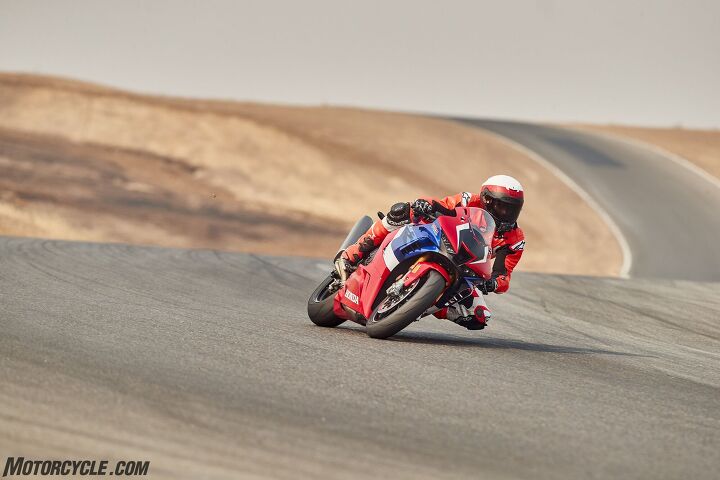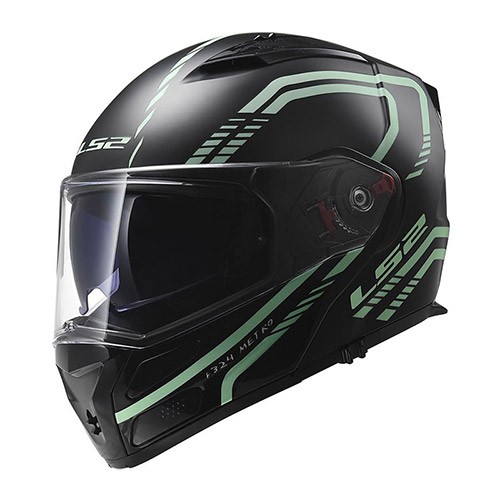
As far as mass-produced, 1000cc Honda sportbikes go, the new Honda CBR1000RR-R Fireblade SP is up there among the best the company has ever built (depending on how you want to classify the RC213V-S). With the increasing trend of the liter-class competition going towards track-focused weapons with little regard for streetability, Honda has finally followed suit with the new Triple-R Fireblade SP.
In case you missed it, I wrote all about the new Fireblade in my First Ride Review, including a deep dive into the technical details that make up this fresh, ground-up redesign. One of the important bits to remember is the 81mm cylinder bore for the 999cc engine, same as the current maximum for MotoGP bikes, giving it the biggest cylinders compared to the rest of the inline-four cylinder competition (the BMW S1000RR comes closest with an 80mm bore).
Other than the engine, lots of little details are changed compared to the previous-generation CBR: the pegs are higher, bars are lower, and the fuel tank has a slimmer profile to help riders get lower in a tuck. Öhlins electronic suspension handles bumps, while top-spec Brembo Stylema calipers mated to a Brembo master cylinder bring the party down to a halt with supreme confidence.
Speaking of confidence, the new ‘Blade is longer than the old bike, with a little lazier rake and trail numbers to boot. But after riding the old and new bikes back-to-back, it was really hard to distinguish between them. What was obvious, however, was the increased aggression from the engine, as it loves to howl in top cog.

I remember three years ago, when I rode the then-new 2017 Honda CBR1000RR, feeling impressed with the power delivery and the handling from the latest Honda 1000cc sportbike. That feeling was a little tarnished, though, when it was time to put the bike’s electronics to the test. Despite the fact companies like Bosch had been developing algorithms for years, Honda decided to develop the electronic strategies for its rider aids in-house, and the lack of experience developing lines of code for a road bike were pretty apparent.
With the new RR-R, the IMU-supported electronics come together beautifully to keep the rider pushing their limits without paying the ultimate price if they get a little greedy. Although the bikes we rode were restricted due to US regulations to 188 horsepower, the RR-R’s performance was still hugely impressive. I’m sure it will be an absolute riot once some clever tuners are able to crack into the ECU and rearrange the ones and zeros to give us full power.
Anyway, instead of reading about the CBR1000RR-R Fireblade SP, why don’t you click the video above and watch it in action.



